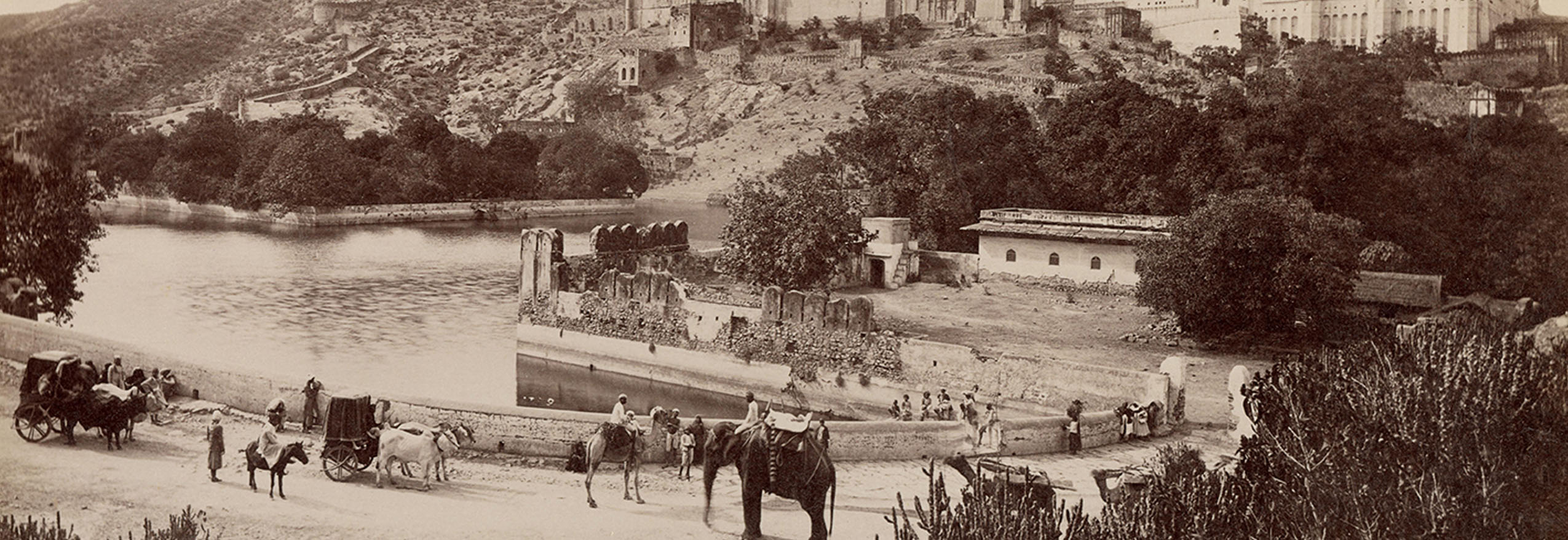About Multan City
Multan is known as the City of Sufis or City of Saints and Madinat-ul-Auliya because of the large number of shrines and Sufi saints from the city. It is the birthplace of Fariduddin Ganjshakar (popularly known as “Baba Farid”), recognized as the first major poet of the Punjabi language. Multan is located in a bend created by five rivers of central Pakistan. It is one of the oldest cities not only in the Asian subcontinent but also in the world.
The cityscape of Multan during this era was defined by its iconic architectural marvels, such as the Multan Fort and the old walled city with its labyrinthine streets. The bazaars of Multan, including the Hussain Agahi Bazaar, were vibrant centers of commerce where traders dealt in textiles, spices, handicrafts, and the famed Multani pottery. Multan’s mangoes and its unique blue pottery were highly sought after, further cementing its reputation as a thriving trade center.
During the early 20th century, Multan was under the rule of the British Raj. The colonial administration brought significant infrastructural changes, including the establishment of railways and telecommunication networks, which connected Multan to major cities like Lahore and Delhi. The city became a key node in the agricultural trade, with the surrounding fertile lands of Punjab producing wheat, cotton, and sugarcane.
This period also saw the rise of political consciousness in Multan, as it became a part of the broader Indian independence movement. Nationalist leaders and reformers frequently visited the city to mobilize support against British colonial rule. Multan’s populace, comprising Hindus, Muslims, and Sikhs, actively participated in various political movements, reflecting the pluralistic fabric of the city.

